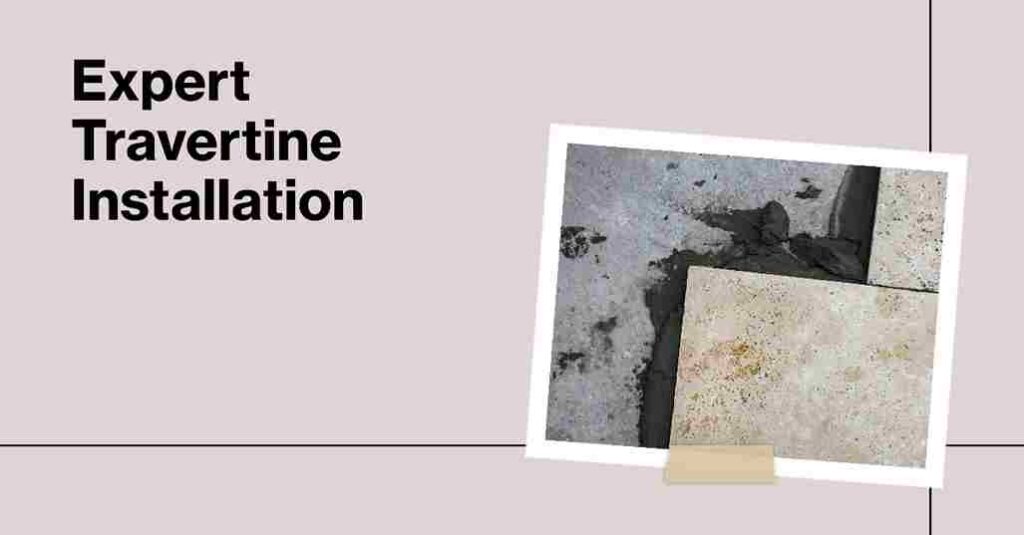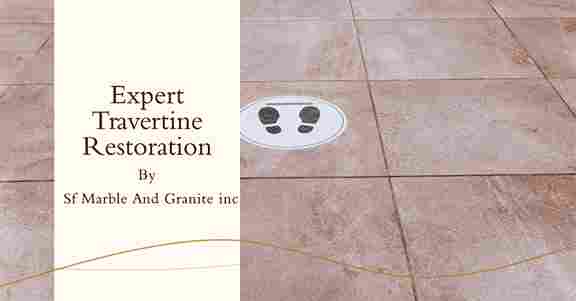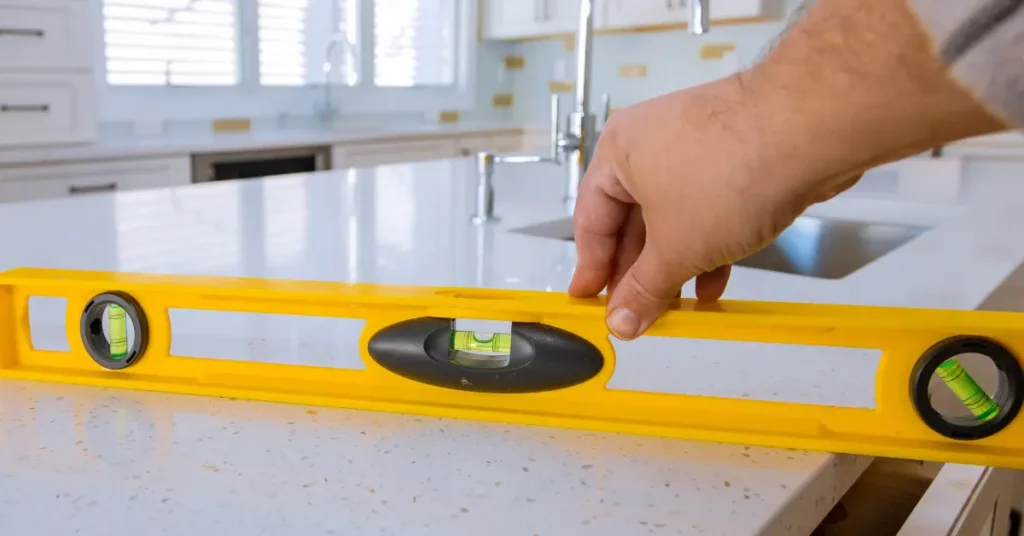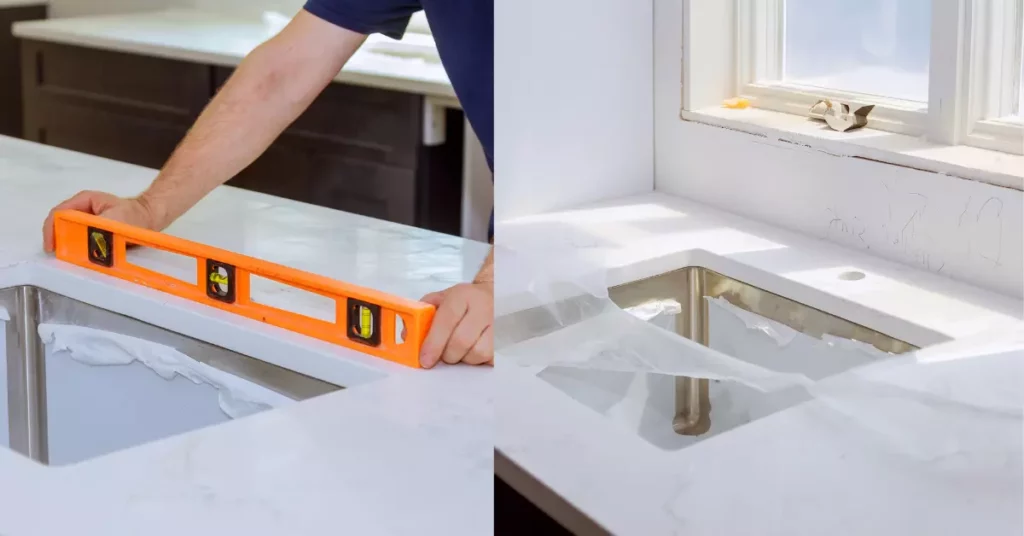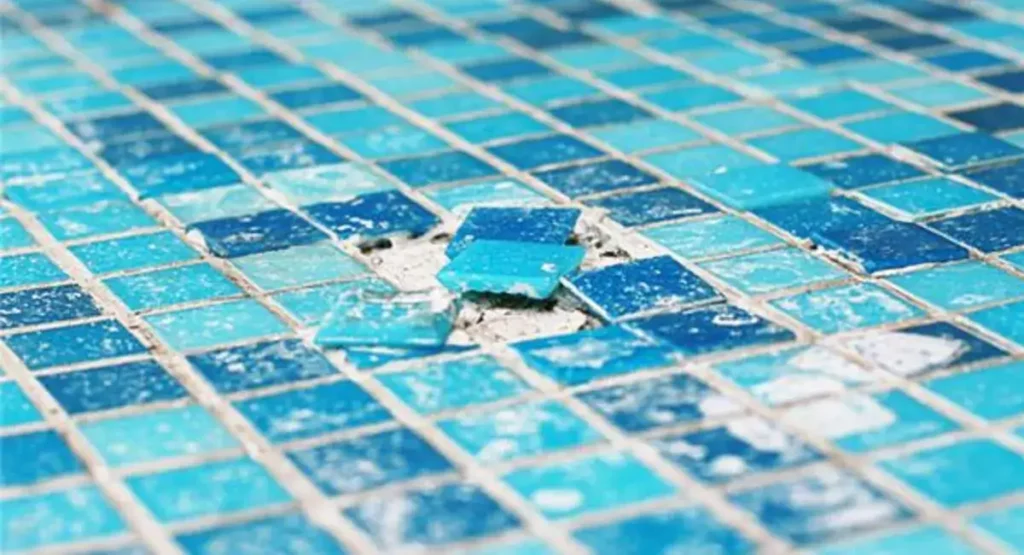Travertine Installation: A Comprehensive Guide by SF Marble and Granite Inc
Travertine Installation and Repair Service When it comes to enhancing the beauty and durability of your home, travertine installation is an excellent choice. Travertine is a stunning natural stone, renowned for its elegance, resilience, and timeless appeal. Whether you’re planning to install travertine floors, wall tiles, or pavers, ensuring proper installation and maintenance is crucial to getting the best results. At SF Marble & Granite, we specialize in professional travertine installation and repair services, guaranteeing exceptional craftsmanship and long-lasting beauty. What is Travertine? Travertine is a type of natural stone formed from mineral deposits, typically found near hot springs. Its unique, porous texture gives it a warm, earthy appearance, making it a popular choice for flooring, countertops, and outdoor spaces. Available in a variety of colors and finishes, travertine offers a classic yet versatile look that enhances any space. Travertine is often used for both indoor and outdoor applications, such as travertine paver installation, due to its durability and natural beauty. Benefits of Professional Travertine Installation Proper Leveling and Preparation One of the key factors in a successful travertine tile installation is ensuring that the surface is properly prepared and leveled. Without a stable, even foundation, travertine tiles can shift, crack, or become loose over time. Professional installers will use tools like a plate compactor and a notched trowel to ensure the surface is flat and ready for the tiles, creating a secure, long-lasting installation. Correct Sealing Travertine is a porous material, which means it can absorb stains and moisture if not sealed properly. A professional installation includes the correct application of sealants to protect the stone from damage. This step is crucial in maintaining the longevity and appearance of your travertine surfaces. Sealing also helps prevent stains and etching, especially in high-traffic areas or places exposed to spills. Expert Craftsmanship Achieving the right aesthetic appeal with travertine requires expert craftsmanship. Professionals are skilled in laying tiles in specific patterns, such as the French pattern, to create a stunning visual effect. The precision of cutting, aligning, and setting the tiles ensures not only a beautiful installation but also a durable one that withstands the test of time. Avoiding Common DIY Mistakes Improper installation can lead to a range of problems, including uneven tiles, poor sealing, and weak foundations. These issues often arise in DIY projects due to lack of experience and the use of incorrect tools or techniques. Professional installers avoid these mistakes, ensuring that your travertine floors or pavers are securely and beautifully installed. Travertine Installation Process: Step-by-Step Initial Consultation The installation process starts with an initial consultation. During this phase, we discuss your project, take measurements, and explore design ideas that suit your space. Understanding your vision helps us determine the best approach, whether it’s travertine pavers installation for an outdoor area or indoor flooring. Surface Preparation Before laying the travertine tiles, we ensure the surface is properly prepared. This involves cleaning the area, leveling the surface, and creating a stable base, often with a concrete slab or compacted crushed limestone. Proper preparation prevents future issues like uneven tiles or loose stones. Laying the Tiles Once the surface is ready, the next step is laying the travertine tiles. Using a notched trowel, we apply mortar to set the tiles securely in place. Ensuring each tile is properly aligned and spaced is key to achieving even grout lines and a smooth finish. For paver installation, a rubber mallet is used to carefully set each paver, ensuring it’s firmly placed without damaging the stone. Grouting and Sealing After the tiles are laid, grouting fills the spaces between them. Proper grouting is essential to ensure that the installation is solid and protected. Once the grout is set, the final sealing process begins. Applying a high-quality sealant protects the tiles from moisture and stains, enhancing the durability of your travertine surfaces. Final Touches and Inspection The final step involves polishing and inspecting the installation to ensure everything is flawless. Any excess grout is cleaned, and the tiles are given a final polish to bring out their natural shine. We make sure that the installation meets the highest standards before considering the project complete. Common Travertine Problems and Repairs Even with professional installation, travertine may encounter issues over time. Our travertine repair services address common problems such as: Cracks and Chips Cracks and chips can occur due to heavy impacts or shifts in the foundation. We use specialized materials to repair these imperfections, restoring the stone to its original beauty. Stains and Etching Travertine can be susceptible to stains and etching from acidic substances. Our experts can remove tough stains and restore the surface, giving your travertine a fresh, clean look. Sealing Issues Over time, the sealant on travertine can wear down, leaving the stone vulnerable to moisture and stains. We can assess the condition of the sealant and reapply it to ensure continued protection. Loose Tiles If tiles become loose or start to shift, it’s crucial to address the issue promptly. We secure and replace loose tiles, ensuring the surface remains stable and visually appealing. Maintenance Tips for Travertine To keep your travertine looking its best, regular maintenance is essential. Here are some tips: Routine Cleaning Use a mild, pH-neutral cleaner to clean your travertine surfaces regularly. Avoid acidic cleaners, which can damage the stone. For outdoor travertine paver installations, sweeping away debris and rinsing the surface helps maintain its appearance. Sealing Schedule To protect travertine, it’s recommended to reseal the surface every 1-2 years. Sealing prevents moisture absorption, reduces the risk of stains, and prolongs the life of the stone. Preventing Scratches and Damage Place rugs or mats in high-traffic areas to reduce wear and tear. Avoid dragging heavy furniture across the floor, as this can cause scratches. Use protective pads under furniture legs to prevent damage. Why Choose SF Marble & Granite? At SF Marble & Granite, we take pride in our expertise in travertine installation and repair services. Our team is dedicated to delivering top-quality craftsmanship, using the
Travertine Installation: A Comprehensive Guide by SF Marble and Granite Inc Read More »

